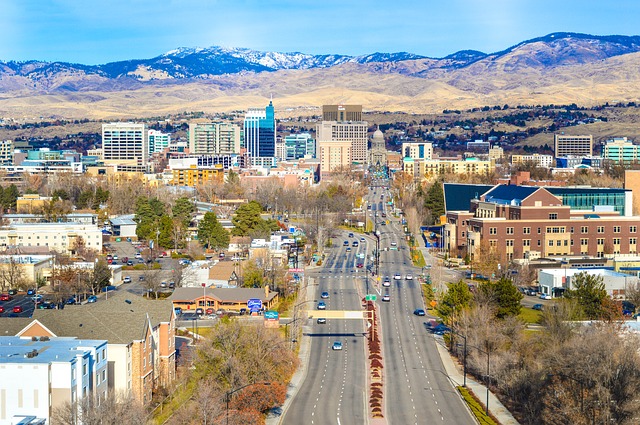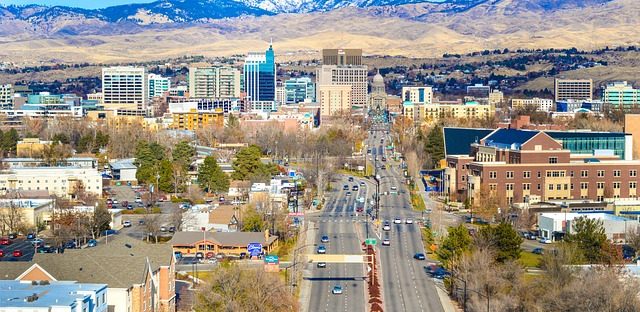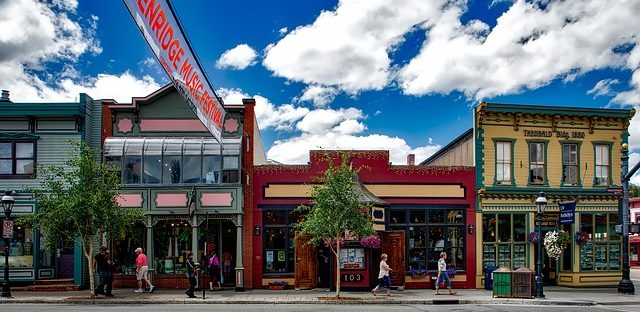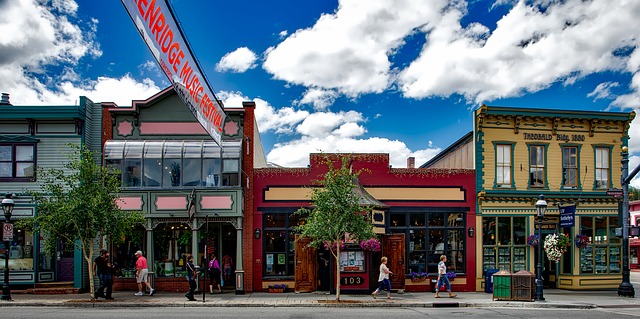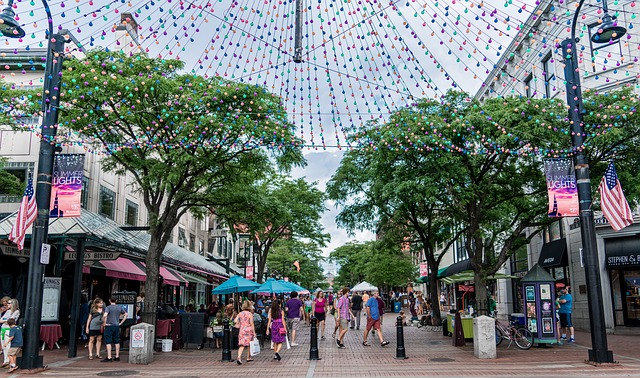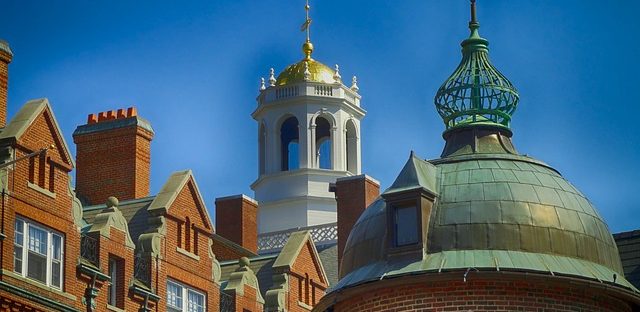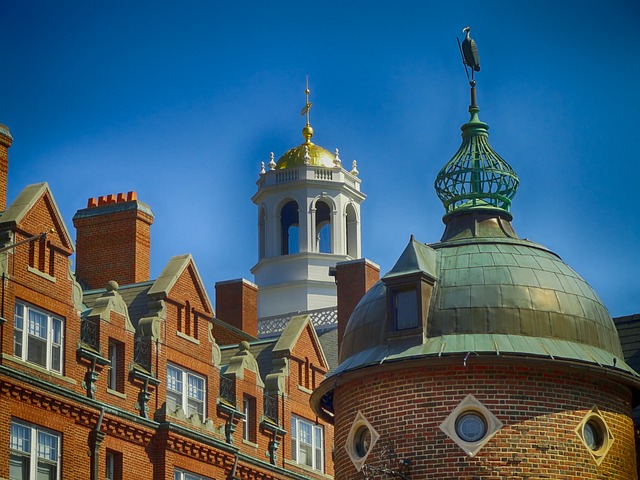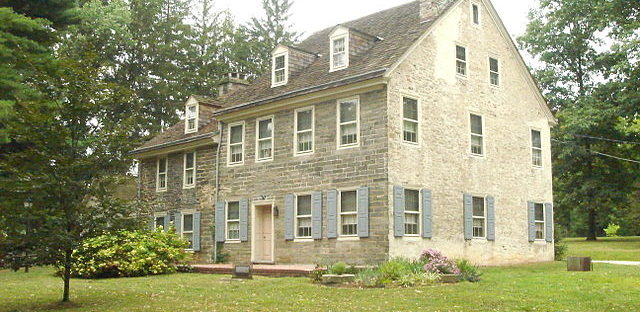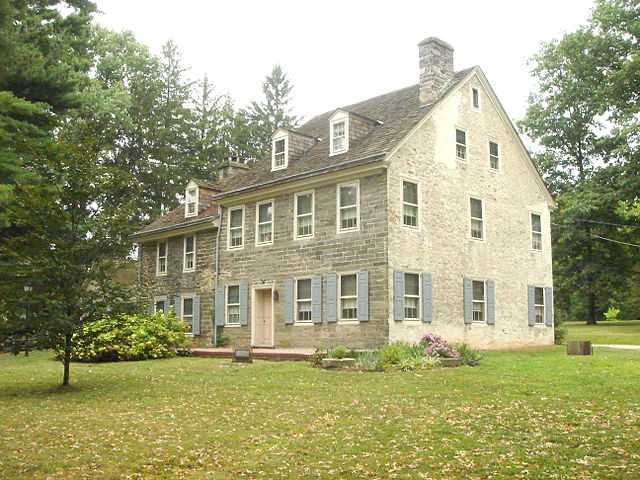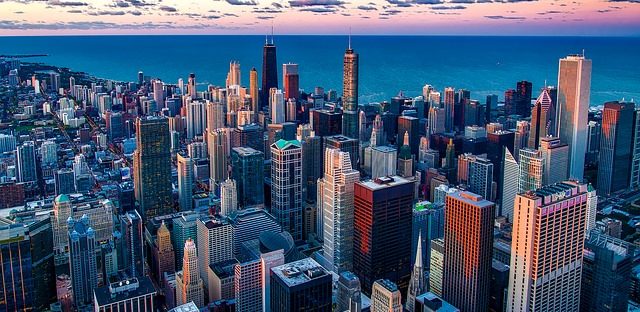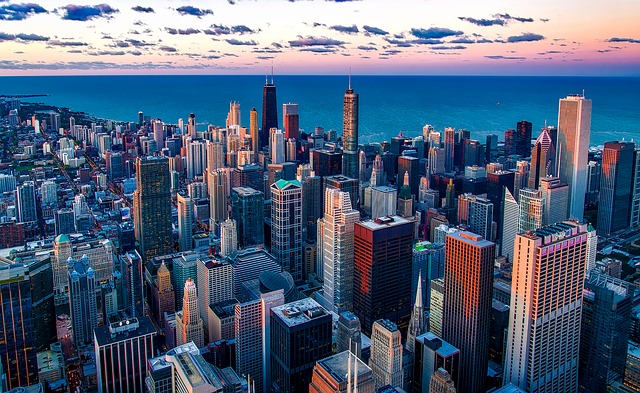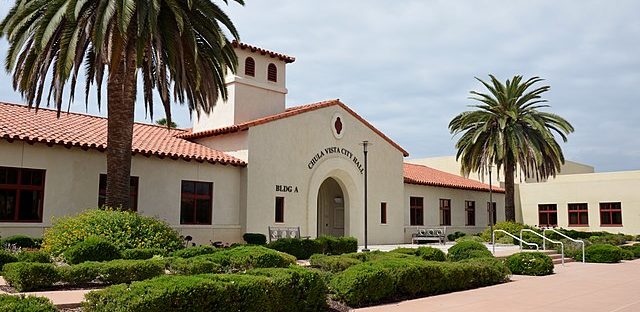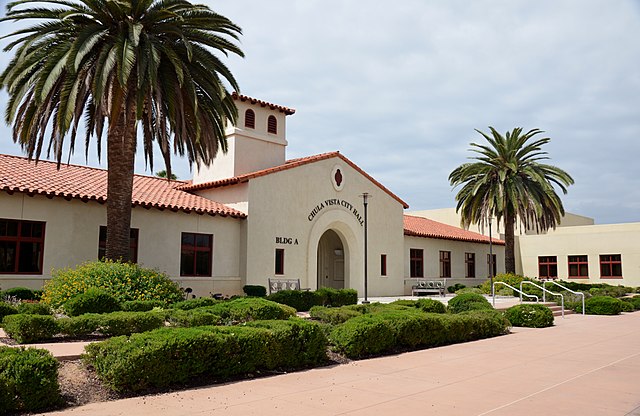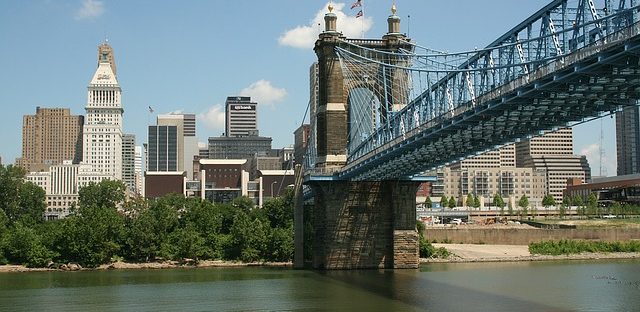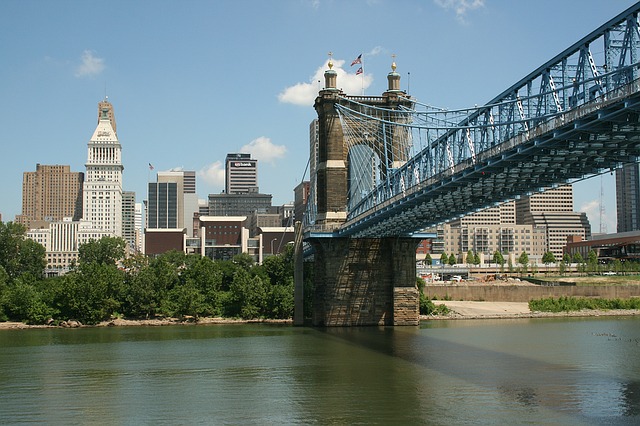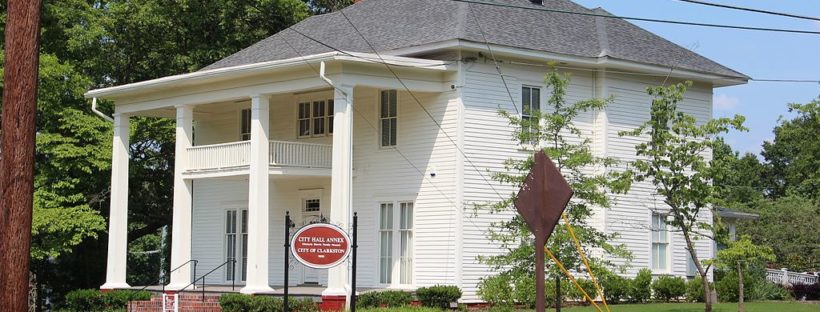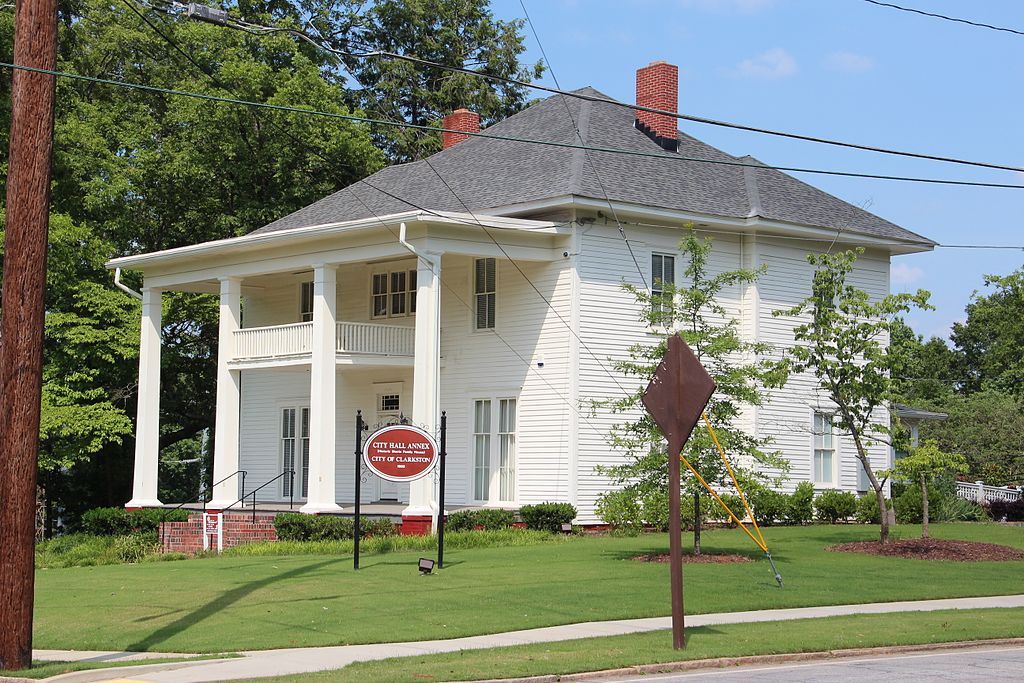Implementation: Boulder is a small city located in the state of Colorado Rocky Mountains. In December 2016, the City Council voted to commit the City to 80% reduction in community greenhouse gas emissions below 2005 levels by 2050, 100% renewable electricity by 2030, and 80% reduction in organization greenhouse gas emissions below 2008 levels by 2030. At the time of the plan's adoption, 99% of Boulder's energy for electricity, heating, and transportation came from burning fossil fuels. Roughly half of the City's GHG emissions were coming from electricity. Approximately 22% of electricity was being generated by renewables, with approximately 30 MW of local renewable power generation installed. More than half of this was local solar installations.By 2030, an all renewable electricity system aims to include 100 MW of local renewables, which will increase to 175 MW by 2050. This increase signals the City's strategy in moving towards 80% electrification. Electric vehicles and heat pumps for example will replace equipment formerly supplied by natural gas, and will demand greater electricity supply.
To transition to all renewable electricity, Boulder's plan relies on a three part strategy. First is to reduce energy consumption. City-funded pilot projects aim to integrate efficiency with on-site generation and natural gas and petroleum replacement strategies. The City plans to expand demand side management services through the implementation of a municipal utility in lieu of the historic investor owned utility. To lower costs of owning on-site solar, the City plans to establish collective purchase agreements that allow groups to own solar projects. This can help reduce the overall demand for the municipal utility to supply electricity and scale up renewable energy procurement or installation. Second is to replace fossil fuels with renewable energy. The City plan to analyse renewable generation and storage opportunities to replace fossil generation, as well as strategies for replacing natural gas and petroleum-based transportation. Third is to re-design critical community infrastructure and operations through mapping and strengthening resiliency and protection against power failure.
